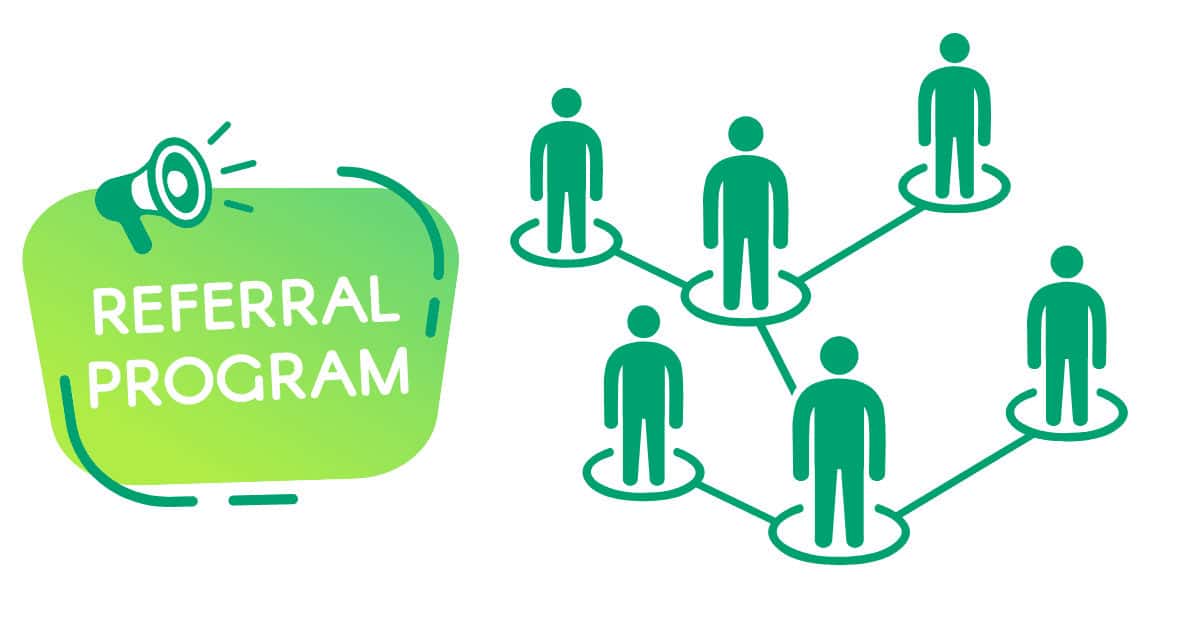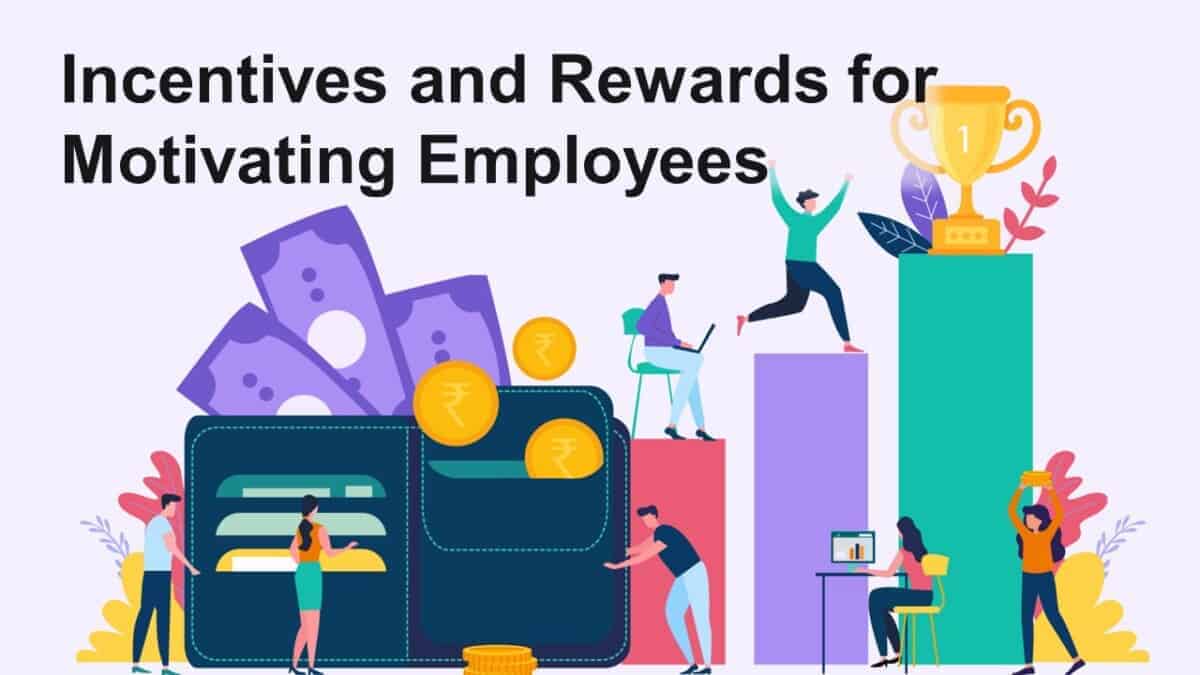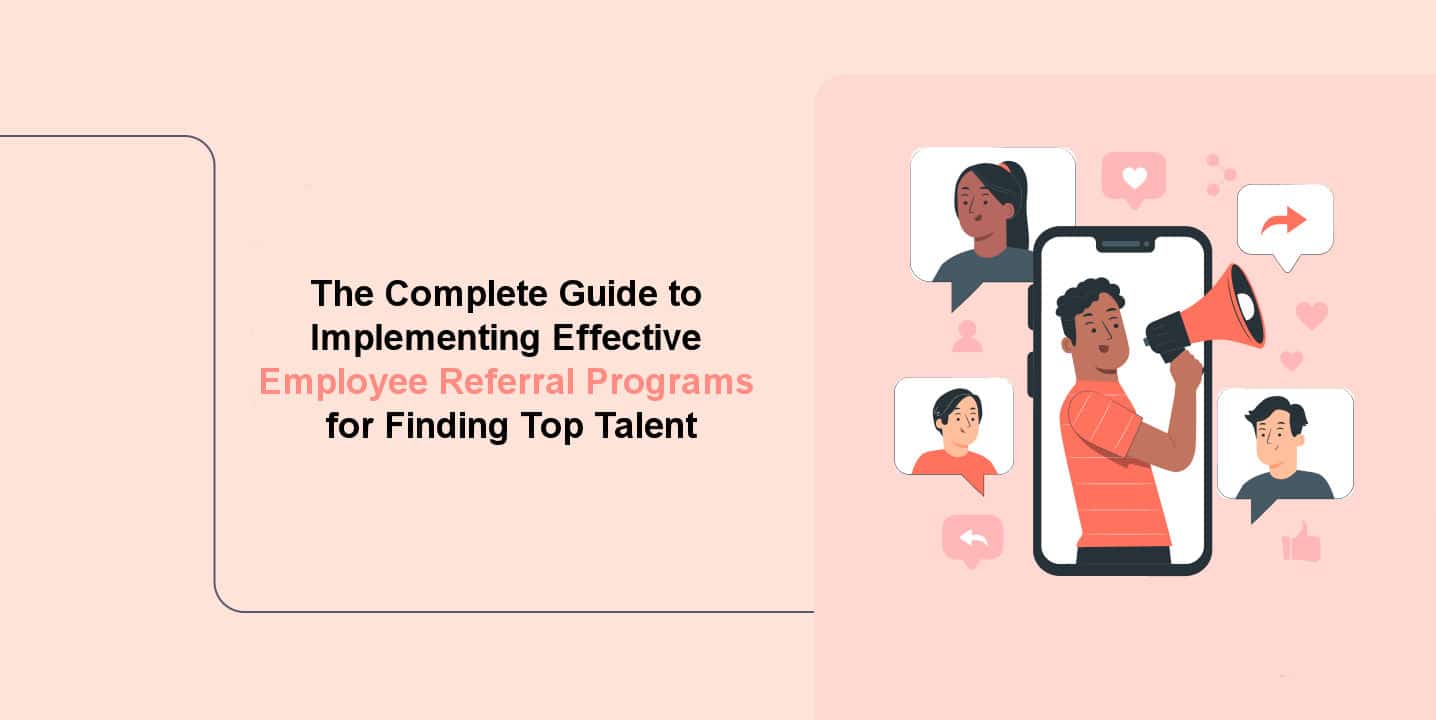In today’s highly competitive job market, the quest for top talent poses a growing challenge for businesses. This is where well executed employee referral programs come into play. By harnessing the strength of their current workforce, companies can access a broad pool of potential candidates who have been vetted and recommended by their own employees. But how can you establish an employee referral program that delivers actual results?
This detailed guide will lead you through the essentials of setting up effective employee referral programs. We will delve into the advantages of such programs, the crucial factors to consider when creating them and best practices for successful deployment. Whether you’re a budding startup or a major corporation, this guide offers practical strategies to draw in and retain exceptional talent through employee referrals.
From designing appealing referral incentive schemes to encouraging engagement and assessing achievements, we will address each stage of the process. So, if you’re prepared to enhance your recruitment endeavors and secure top-notch candidates for your organization, delve into this ultimate manual on establishing effective programas de recomendación de empleados.
Benefits of implementing employee referral programs
Employee referral schemes stand as a potent instrument for companies seeking to lure top tier talent.
By leveraging the networks and relationships within their current staff, businesses can tap into a pool of pre vetted and highly skilled candidates. This method provides several advantages that can greatly influence a company’s hiring efforts and overall performance.
Employee referral programs offer significant benefits, with one of the main perks being the caliber of candidates they attract. Employees are more inclined to recommend individuals they know and trust, who possess the required skills and cultural alignment with the organization.
This results in a higher success rate during recruitment, as referred candidates often better match the company’s values and needs. Moreover, these candidates are likely to be more involved and dedicated to the company due to their personal connection through the referring employee.
Another notable advantage of employee referral initiatives is their cost effectiveness. Traditional recruitment methods can be costly, involving expenses for job postings, advertisements and extensive screening procedures. In contrast, employee referrals utilize the existing network within the company’s workforce, reducing overall recruitment costs.
This enables organizations to allocate resources more efficiently and concentrate on other crucial aspects of their operations.

Statistics on the effectiveness of employee referral programs
Various research studies and industry analyses have highlighted the positive outcomes of employee referral programs. A survey conducted by the Society for Human Resource Management (SHRM) indicated that employee referrals stand out as the most successful source for hiring, boasting a 48% retention rate after one year. This surpasses the rates seen with job boards (33%) and career sites (35%).
Moreover, data from CareerXroads revealed that in certain organizations, employee referrals contribute significantly to hiring outcomes, accounting for up to 30% of all new hires. These referrals also demonstrate higher success rates, with a 25% increase in conversion from applicant to hire compared to other recruitment channels.
Beyond recruitment benefits, insights from Jobvite emphasized that referred employees tend to be 25% more profitable and have a 15% higher likelihood of remaining with the company for at least a year. This underscores how employee referrals not only facilitate Adquisición de Talento but also enhance long term engagement and retention within organizations.
Key components of a successful employee referral program
Crafting a successful employee referral program involves thoughtful consideration of key elements that collectively form a compelling initiative encouraging staff involvement and generating top notch referrals. One vital aspect of a successful employee referral program is having a clear and well-defined policy for referrals.
This policy should clearly state who is eligible, how the referral process works, what incentives are offered and any other important guidelines. By setting up a clear structure, employees will know their role and what is expected of them in the program, which can encourage participation and maintain consistency in how referrals are handled.
Another key element is the incentive system for referrals. Providing appealing rewards to employees for successful referrals can be a strong motivator. These rewards can come in different forms like cash bonuses, gift cards, extra time off or even public recognition within the company. The challenge lies in striking a balance between rewarding employees while ensuring that the program remains cost effective for the organization.
Establishing a policy and guidelines for your referral program

Creating a comprehensive policy for your employee referral initiative is essential for its success. This policy should act as a roadmap detailing the program’s goals, eligibility criteria, referral process and incentive system.
When crafting this policy, it’s crucial to take into account your organization’s specific needs and objectives.
To make sure the policy is in line with the company’s recruitment strategy, it’s important to get input from different people involved, like HR, talent acquisition and senior leadership.
The referral program policy needs to include important aspects such as
1. Eligibility criteria; Clearly state who can take part in the program and any rules or exceptions.
2. Referral process; Explain how employees can submit referrals step by step, including any necessary documents or forms.
3. Incentive structure; Detail the types of rewards available, who is eligible to receive them and when they will be paid out.
4. Confidentiality and data protection; Make sure the program follows privacy and data protection laws.
5. Roles and responsibilities; Define what each person involved. The referring employee, hiring manager, HR/talent acquisition team. Should do.
By creating a detailed and well communicated referral program policy, you can establish clear expectations, simplify the referral process and promote a sense of ownership and responsibility among your employees.
Encouraging employees through incentives

Developing an effective incentive and reward system is key for the success of your employee referral program. The right incentives can encourage employees to actively participate in the program and refer high quality candidates. When creating your rewards system, it’s important to mix both monetary and non-monetary incentives.
Cash bonuses or gift cards can be a great way to show appreciation for successful referrals with tangible rewards. These financial incentives can be structured in different ways, such as a fixed amount per successful hire or a tiered system based on the position’s seniority level.
On the flip side, non-monetary rewards can help employees feel valued and recognized. These could involve extra paid time off, companywide acknowledgments, opportunities for professional growth or exclusive experiences. By offering a blend of incentives, you cater to various preferences and motivations within your team.
It’s crucial that the reward system is fair, transparent and consistently administered. Employees should clearly know the criteria for earning rewards and the program needs to be effectively communicated to maintain trust and engagement.
Promoting Your Employee Referral Program
Effectively communicating and promoting your employee referral program is key to its success. By increasing awareness and fostering a participatory culture, you can boost the number of high-quality referrals and ensure the program’s sustainability in the long run.
Make sure to clearly explain the goals, advantages and main features of the program to your staff. You can share this information through various channels like team meetings, emails, internal newsletters or specific info sessions. It’s important that the messages are consistent, interesting and catered to your employee’s needs.
It’s crucial to keep promoting and reminding everyone about the program regularly. Share success stories, recognize top referrers and update everyone on how the program is going. This will help keep up excitement among employees and show them how valuable the referral program is for the company.
Also, think about integrating the referral program into your new hire Proceso de integración. This will help new employees grasp its importance right from the start and encourage them to get involved. By making it a part of your company culture, you can create a sense of ownership and involvement among all employees.
Tracking and measuring the success of the program
![]()
It’s important to track and measure how well your employee referral program is doing so you can see what’s working well and where there’s room for improvement. By gathering and analyzing relevant data, you’ll be able to make informed decisions, fine tune the program and show its impact to key stakeholders.
Start by setting clear key performance indicators (KPIs) that match up with your program’s goals.
These could involve tracking metrics like the number of referrals made, the percentage of successful hires from referrals, the cost per hire for referrals and the retention rate of referred employees. Create a solid system for monitoring and analyzing these metrics.
This might mean integrating your referral program with your sistema de seguimiento de candidatos (ATS) or using specialized referral management software. Make sure to collect and organize data in a way that offers valuable insights and supports data driven decision making.
Regularly assess and study the performance data of the program. Watch out for patterns, pinpoint strengths and weaknesses and explore ways to enhance it. This could include adjusting incentives, streamlining the referral process or boosting communication and promotion efforts within the program.
Addressing common challenges in launching employee referral programs
Though employee referral programs come with many advantages, setting up and maintaining them can pose various obstacles. By anticipating and tackling these challenges head on, you can secure the sustained success of your referral scheme.
One prevalent challenge is low employee engagement. Employees might hesitate to refer candidates due to concerns about how referrals are handled, limited awareness about the program’s existence or perceived lack of enticing rewards.
To tackle this, focus on effective communication, clear program guidelines and an enticing incentive system that connects with your team.
Another hurdle is upholding the quality of referrals. With a rise in referrals, there’s a risk of receiving unfit or unqualified candidates. To handle this issue, think about implementing a thorough screening and assessment process, offering guidance to staff on the ideal candidate profile and regularly assessing the program’s performance metrics.
Dealing with compliance and legal matters can also present obstacles. Ensure that your referral program complies with relevant labor laws, anti-discrimination regulations and data privacy requirements. Seek advice from legal and HR experts to establish policies and procedures that safeguard the organization and its employees.
Lastly, keeping up the momentum of the program over time can be quite challenging. Employee interest and involvement may diminish if the program isn’t consistently promoted, updated and in line with the company’s changing requirements. Regularly review and revamp the program, gather input from employees and adjust it to ensure its continued relevance and effectiveness.
Conclusion and key takeaways
In today’s competitive job market, employee referral programs have become a valuable asset for companies looking to attract and retain top talent.
By utilizing the networks and connections within their current workforce, companies can tap into a pool of qualified candidates who have already been screened, resulting in better hiring results and cost savings.
In this detailed guide, we have delved into the essential components of effective employee referral programs. From establishing clear program guidelines and policies to creating attractive incentive structures and promoting the program efficiently, we have laid out a blueprint for organizations to implement and enhance their referral programs.
The statistics and information shared in this piece highlight the concrete advantages of employee referral programs, such as improved retention rates, enhanced profitability and streamlined recruitment processes. By embracing these initiatives, businesses can gain a competitive advantage in talent acquisition efforts and cultivate a workforce that is dedicated, engaged and aligned with the company’s values and objectives.
As you venture into launching an impactful employee referral program, remember to remain adaptable, seek input from your employees and continually refine the program for sustained success. By employing effective strategies and nurturing a culture of collaboration and engagement, your employee referral program has the potential to play a pivotal role in your talent recruitment and retention endeavors.


